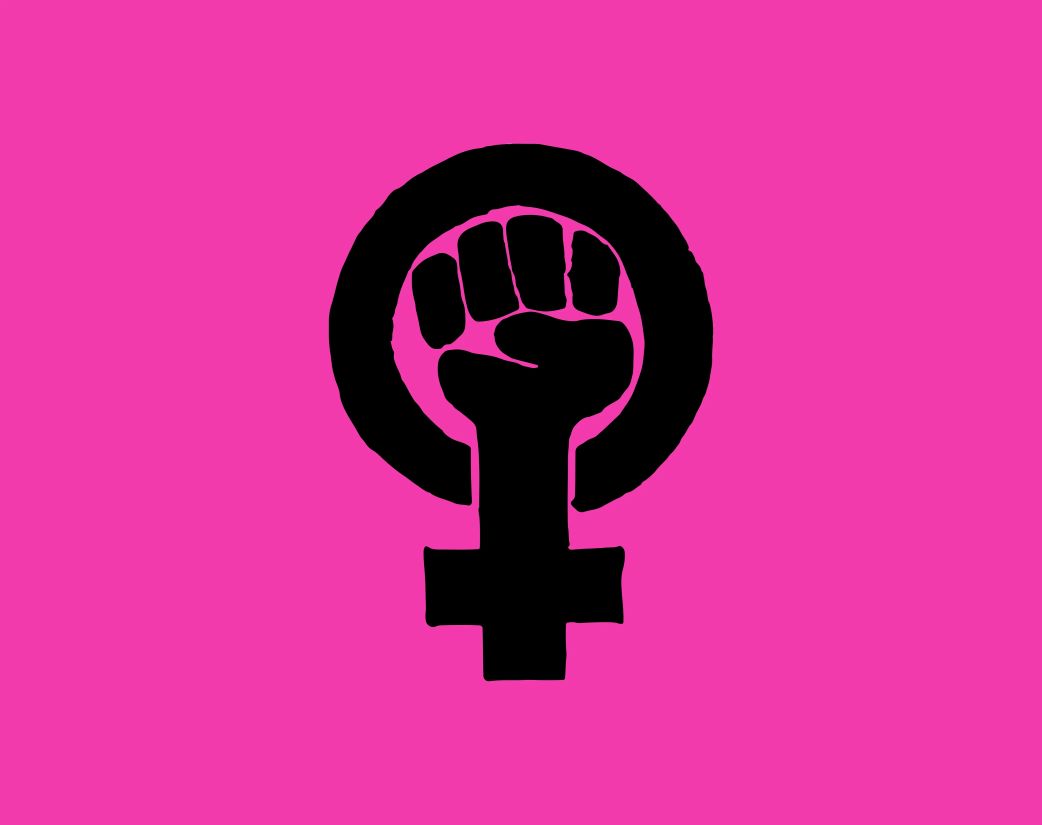Understanding intersectional feminism is integral for comprehending how multiple forms of oppression overlap and impact individuals differently. It examines how factors like gender, race and class interact to produce specific experiences of inequality for particular individuals – an approach pioneered by Kimberle Crenshaw during her groundbreaking 1980s work entitled intersectionality feminism allows one to appreciate that not all women face identical struggles as their experiences can depend on various parts of themselves such as culture or other identities that they hold close.
Intersectional feminism promotes an inclusive view of social justice. By shining light on issues facing various marginalized groups and advocating for an inclusive movement that addresses their specific needs, including women of diverse backgrounds. By understanding intersectionality readers can appreciate its role in amplifying voices that may otherwise go overlooked in traditional feminist discussions.
Examining intersectional feminism helps create empathy and solidarity across communities. This guide strives to simplify complex concepts into relatable ideas so anyone interested can engage with and support this movement for equality more readily. Educated about intersectional feminist ideals allows individuals to contribute effectively in conversations regarding justice and equity in today’s society.
Fundamentals of Intersectional Feminism
Intersectional Feminism investigates how various forms of oppression converge and impact individuals according to their identities, with this section exploring its historical roots, core principles, and key figures within its movement. Chose your language before searching. 7.5 Historical Context and Development.
Intersectional feminism was developed as an answer to traditional feminist movements’ shortcomings, specifically regarding how early feminist movements often focused on white middle-class women without regard for those from marginalized communities such as people of color and others who might benefit.
Kimberle Crenshaw, an esteemed scholar, first introduced the term “intersectionality” in the late 1980s to demonstrate how race, gender and class operate interdependently. Other prominent figures like Audre Lorde have stressed the significance of acknowledging multiple identities within feminist discourse.
This approach transformed feminist activism, making it more inclusive and respectful of diverse experiences.
Core Principles and Theoretical Framework
Intersectional Feminism recognizes that oppression takes many forms. It takes into account how various social identities such as race, gender, sexuality and class interact to produce distinct forms of discrimination that manifest differently for every person.
This framework challenges the notion that feminism speaks for all women equally and seeks instead to recognize individual experiences within female communities.
Key concepts associated with intersectionality include the following:
- Interlocking Oppressions: Analyzing how different forms of discrimination overlap.
- Empowerment: Giving voice to women from diverse backgrounds.
- Social Justice: Promoting equitable treatment across gender lines by combatting racism, classism and other injustices.
Pioneers of Intersectionality
Kimberle Crenshaw laid the groundwork for intersectional feminism through her work; making a compelling argument in favour of considering multiple identities when understanding social issues.
Audre Lorde was an outspoken poet and activist. She advocated for acknowledging the unique challenges experienced by women of color within feminist movements; failing to do so weakened feminism itself, in her view.
Bell Hooks extended the conversation by discussing intersections among race, class and gender in society. She stressed the necessity of adopting an inclusive feminism that includes voices from across communities.
These figures illustrate the significance of intersectional feminism as an inclusive movement, in terms of its evolution and importance for creating more equitable movements. Intersectionality in Practice.
Intersectionality emphasizes how systems of discrimination and privilege affect individuals in complex ways, calling attention to coordinated efforts that address systemic barriers while building solidarity, applying these principles within social justice movements, and ultimately leading to transformational social change. (Wikipedia). [*]. Confronting Systemic Barriers ] (Wikipedia)
Marginalized groups frequently experience multiple layers of discrimination. Racism, classism, ableism and gender inequality often interact to produce unique challenges; for instance a black woman might face barriers which differ from those faced by either white women or Black men due to race/gender interactions.
Tackle systemic issues requires targeted advocacy. Policies must aim for equity by taking into account power dynamics that disadvantage certain identities – for instance providing reproductive rights and healthcare access is crucial to women from low-income backgrounds or marginalized communities – something this approach not only supports individually but fosters larger societal changes as well.
Advocating and Solidarizing across Differences
building alliances is essential to effective advocacy. Many different communities, from LGBTQIA+ individuals and those living with disabilities to people identifying as trans, often share similar challenges; by coming together in solidarity and amplifying our voices and impact, stronger advocacy efforts may result.
Organizations can collaborate on joint campaigns that advance common goals, such as fighting housing discrimination or advocating for gender equality. By inviting participation from diverse identities, visibility and support are strengthened further.
Support systems within activism must take note of these intersections. One such movement, #MeToo, brings together various individuals addressing sexual harassment. This movement emphasizes that justice requires all voices coming together as one to bring about genuine transformation and foster lasting change.
Application in Social Justice Movements
Social justice movements utilize intersectional perspectives to promote inclusivity. Their goals center around dismantling oppression related to race, gender, class and other identities.
Activism grounded in intersectionality recognizes that taking an “one size fits all” approach to activism is ineffective; tailored strategies must instead be employed, for instance when advocating for affordable housing campaigns must take into account how race and class impact communities differently.
Gender equality efforts must account for the unique challenges experienced by various groups. By emphasizing intersectionality, movements can promote liberation for all by understanding and meeting diverse needs.


